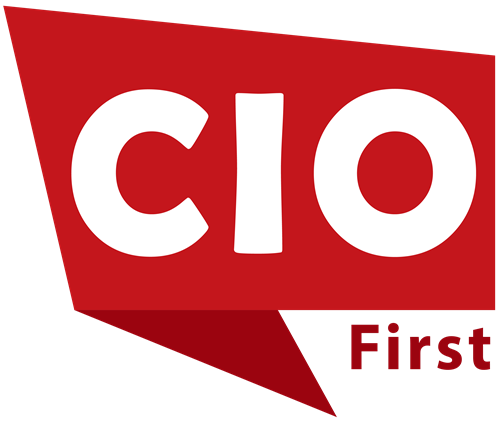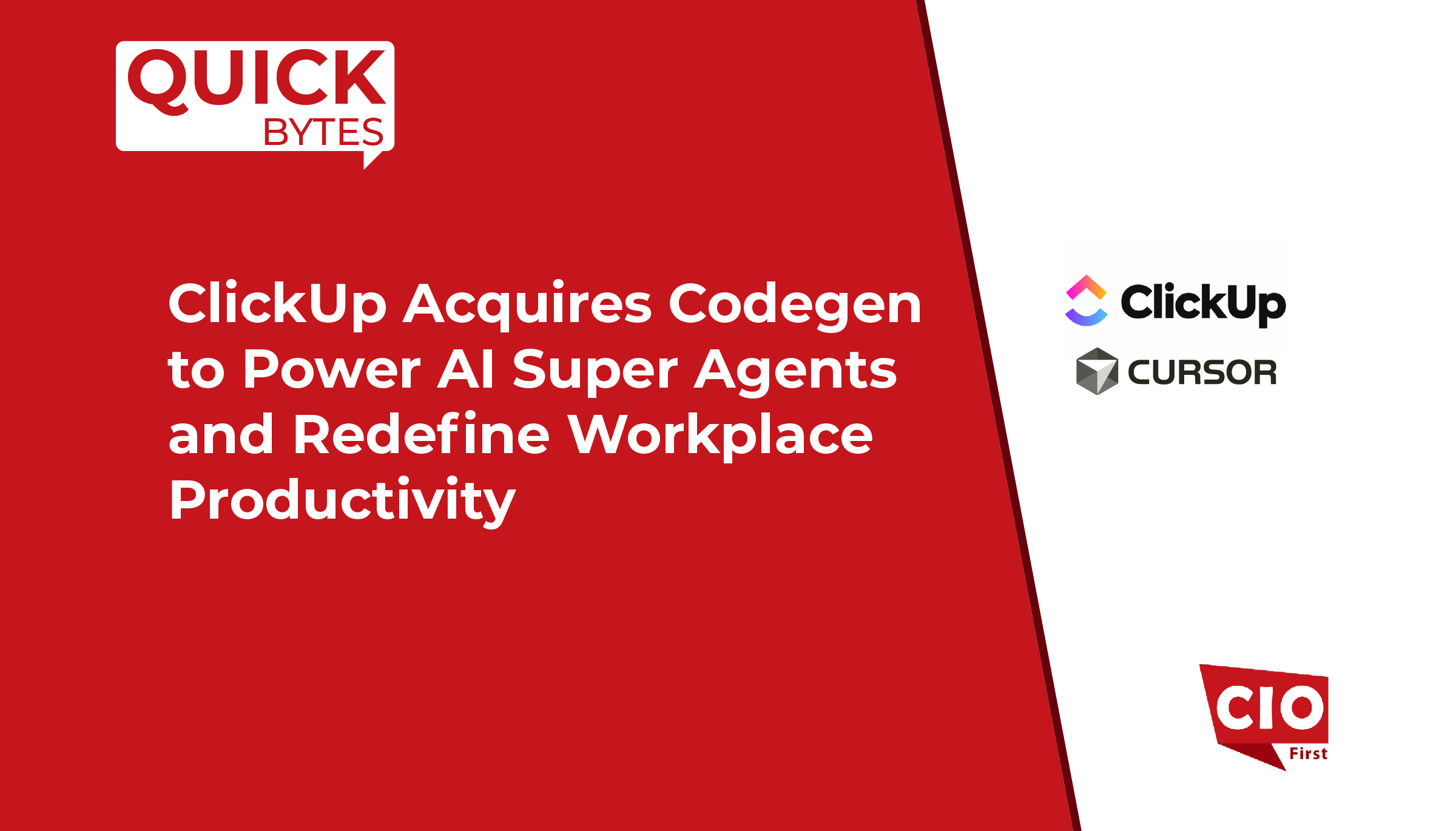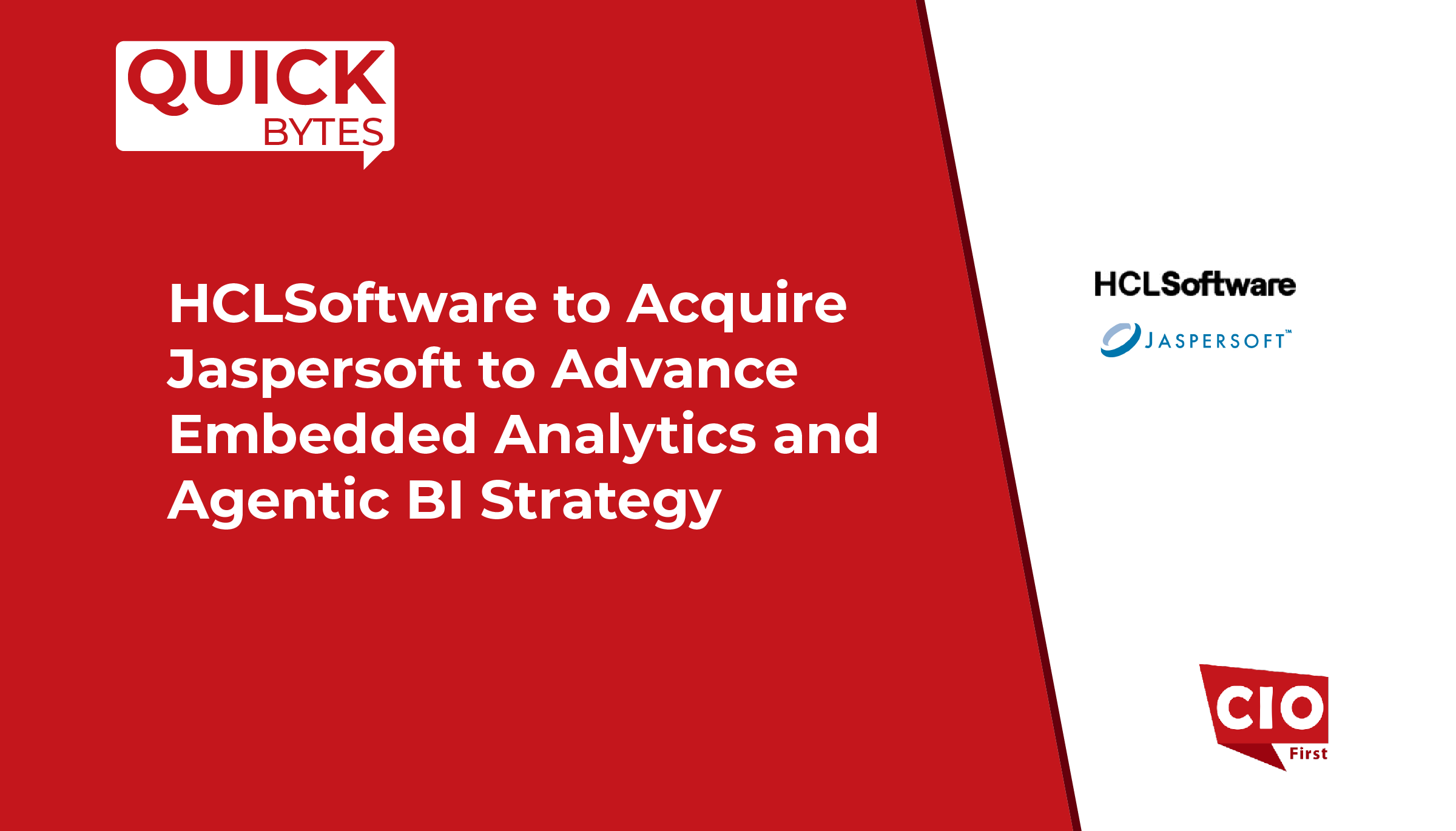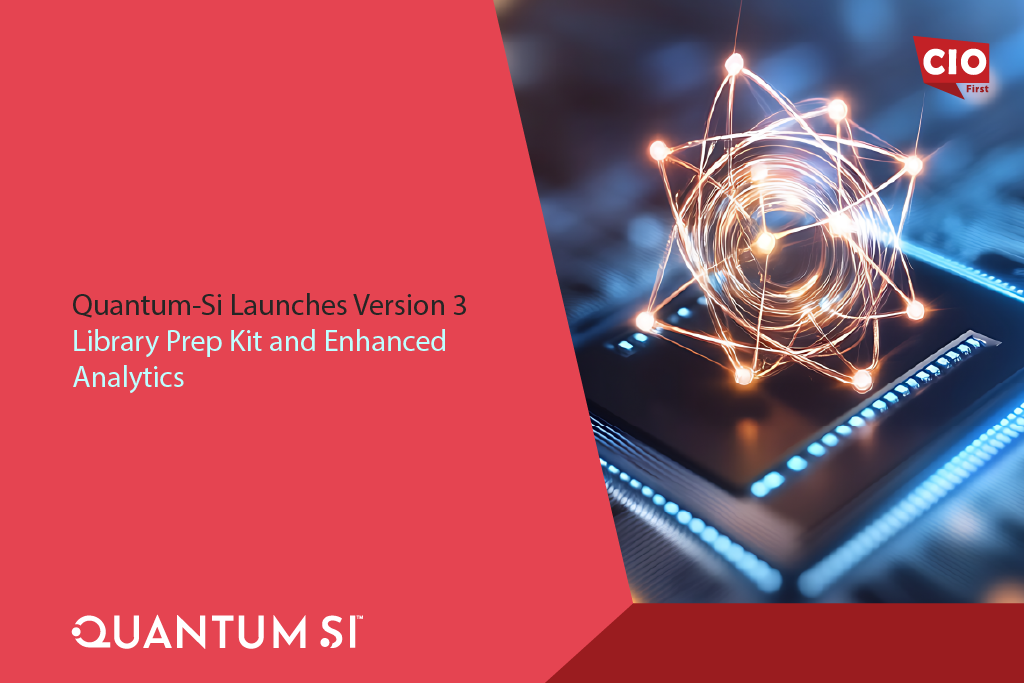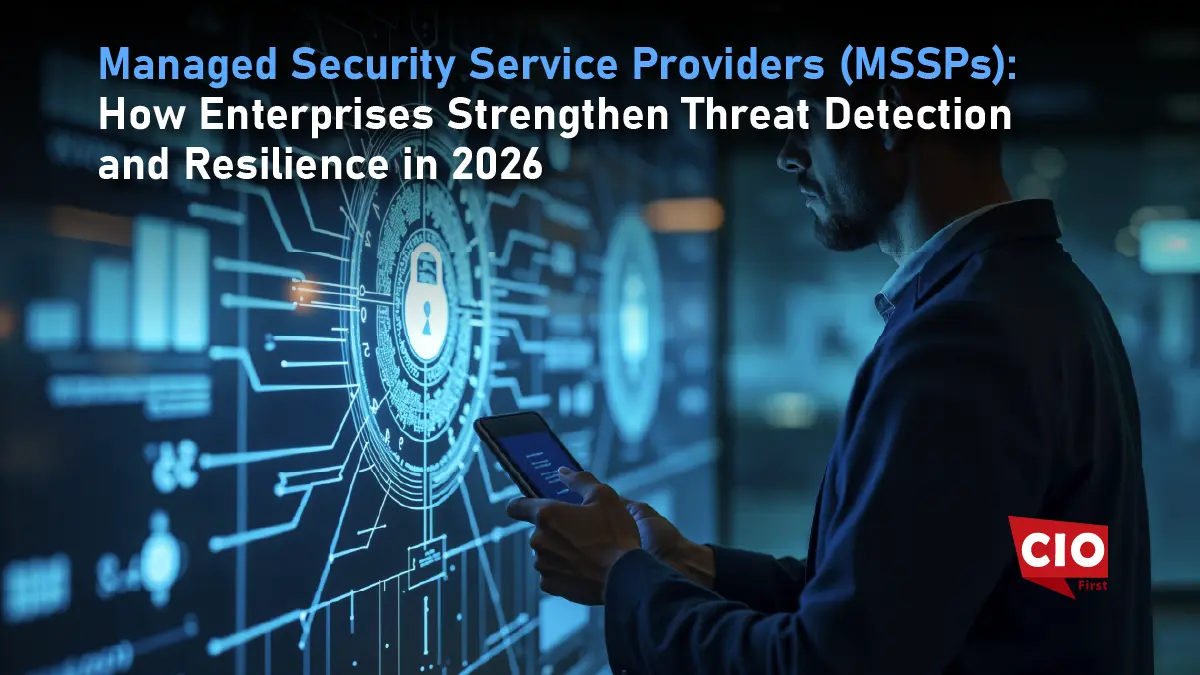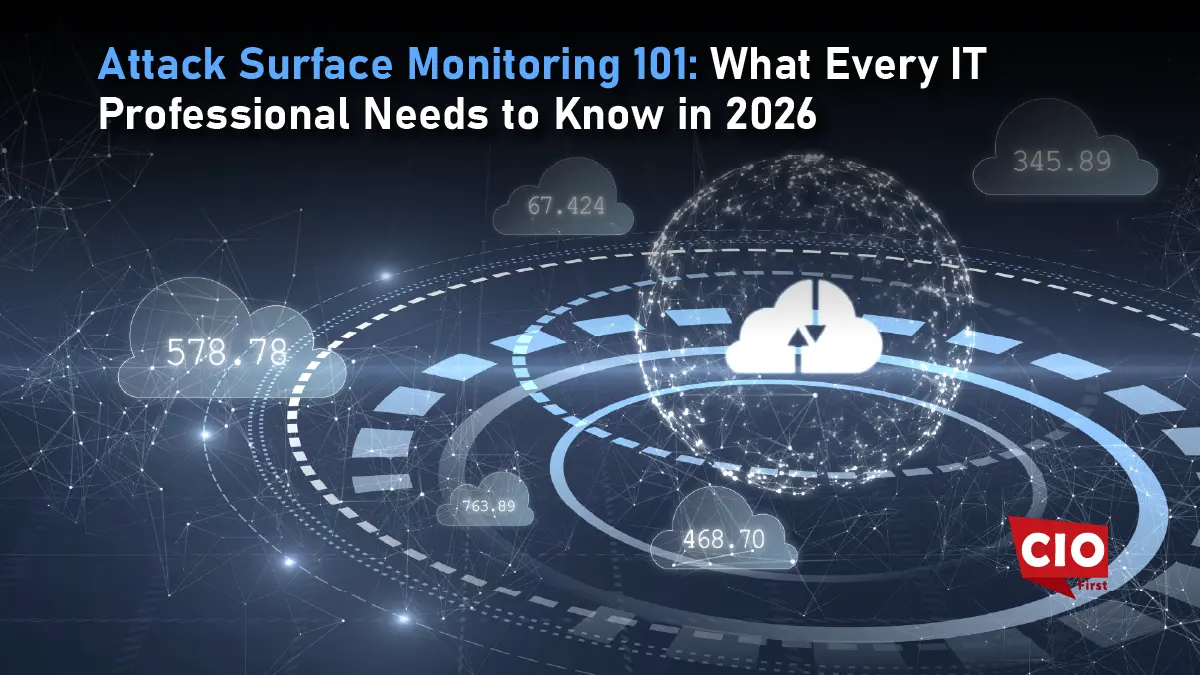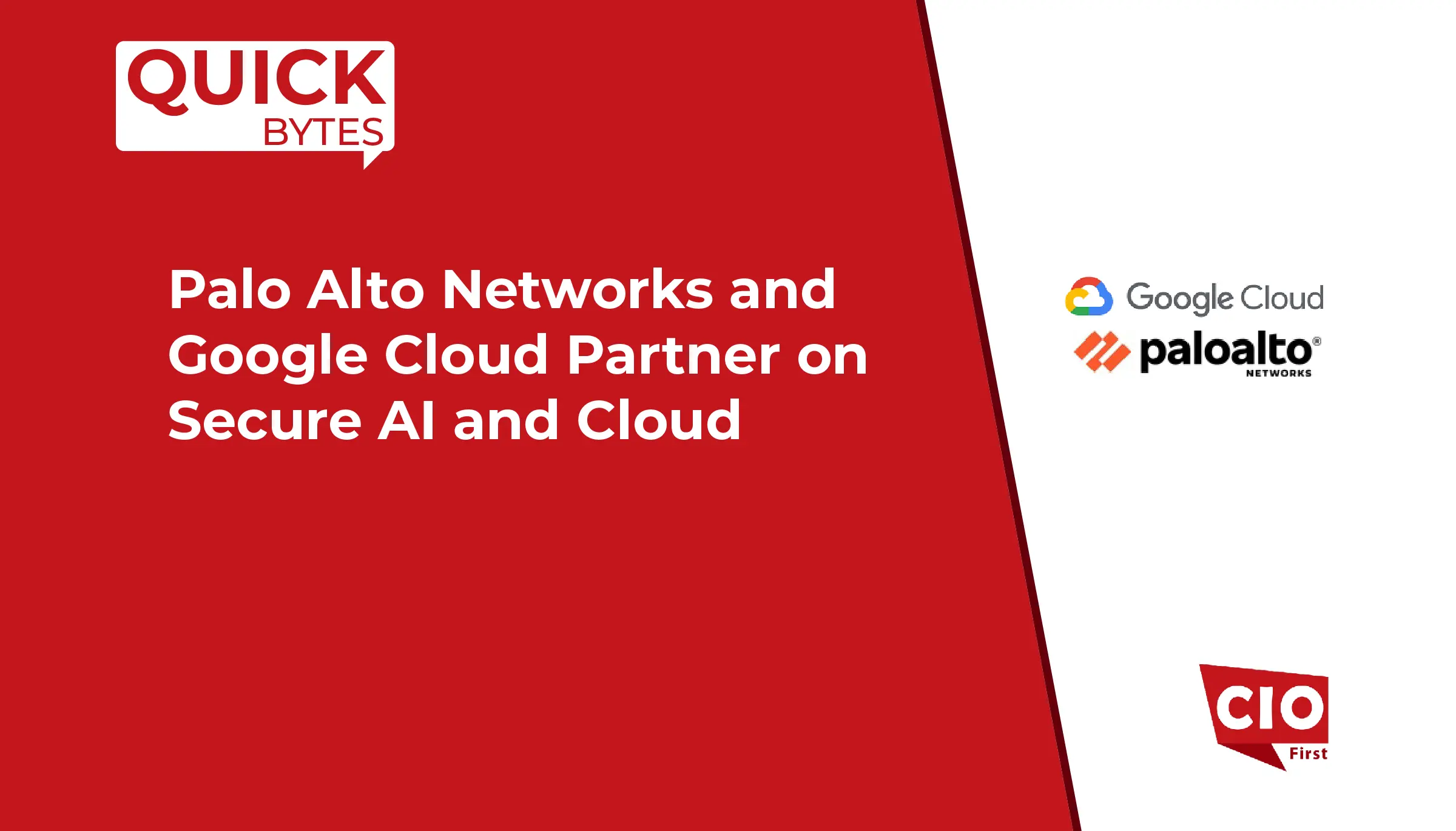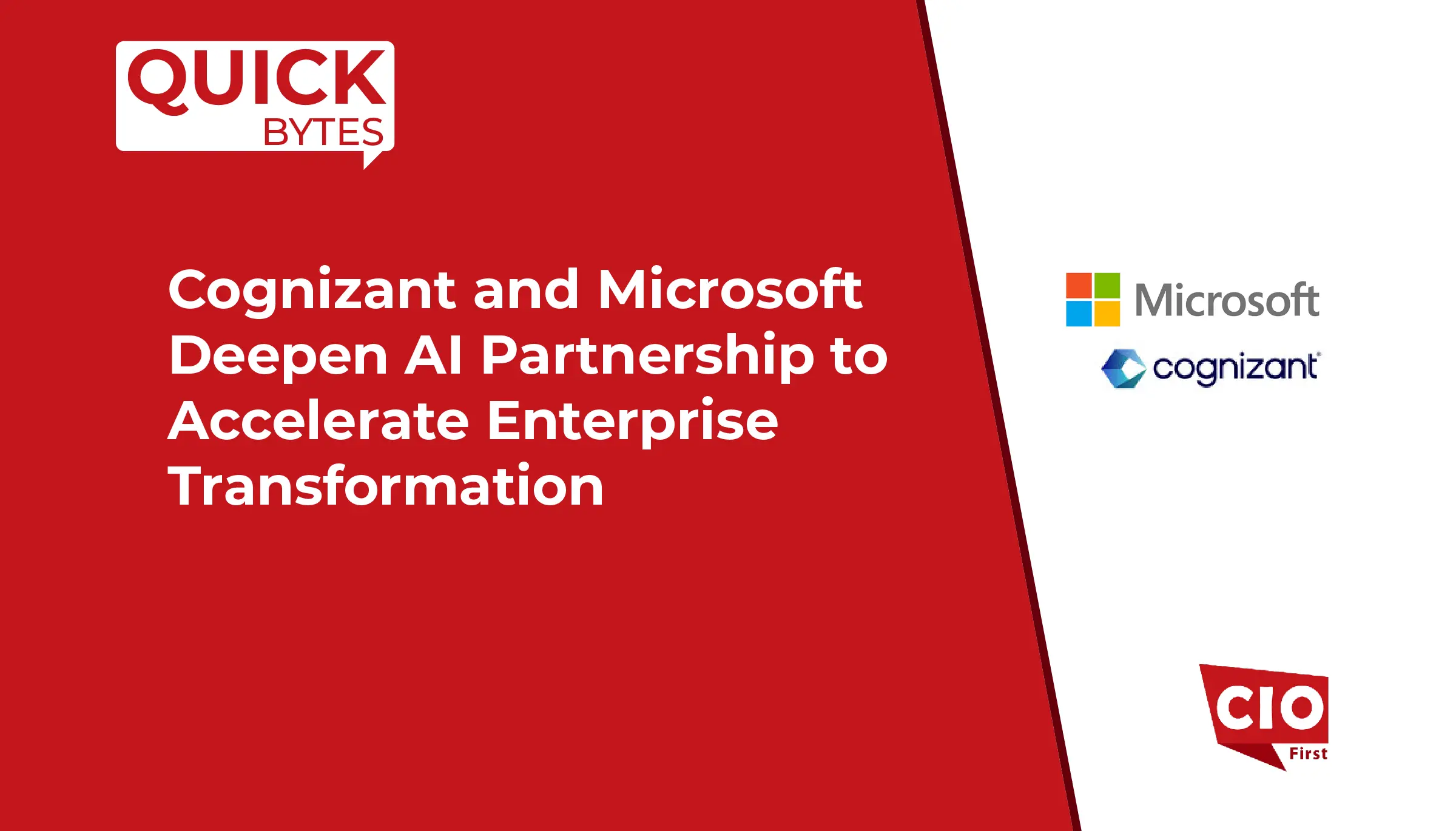Commvault, a leader in data protection and cyber resilience, has announced its latest major platform update: the Commvault Cloud Unity Platform release, unveiled at its SHIFT 2025 event.
This new release is described by the company as one of the most substantive in its history, built for the “AI era” and aiming to simplify, scale, and optimise resilience for cloud-first and hybrid enterprises.
Key features of the update include:
A modern interface brings together protection, recovery, and governance for cloud environments, on-premises data centers, and edge deployments.
AI helps find workloads, classify them, suggest protection policies, and analyze costs for cloud resources.
The platform supports multi-cloud and hybrid setups. It covers over 160 cloud regions and more than 200 cloud services. This enables centralized governance for cloud, on-prem, and edge.
Integrated tools enhance cyber resilience, identity resilience, and data governance. Features include anomaly detection, clean-room recovery, identity rollback, and more to combat modern threats.
Available via AWS and Microsoft Azure marketplaces and built to support consumption-based pricing models.
In its announcement, Commvault emphasised the convergence of data sprawl, AI-driven workloads and increasingly sophisticated identity-based attacks as the “perfect storm” that enterprises are facing—and positioned the Cloud Unity Platform update as the answer.
Impacts on the IT Industry
- Convergence of data protection, cyber recovery and identity resilience
The Cloud Unity release signals a shift in IT platforms: rather than separate tools for backup, recovery, identity and cloud-governance, the industry is moving toward converged platforms that embed all of these in one view. For IT vendors and service providers, this means the expectations for data-protection tools are rising—not just “restore my data” but “securely manage identity, governance, cost and protection across clouds.”
- Greater emphasis on AI-enabled operations. Commvault highlights that just protecting data isn’t enough anymore. AI-driven discovery, classification, and policy recommendations are essential. IT organizations must shift from manual backup and recovery to AI-assisted operations. This change helps them grow as environments get more complex. This includes cloud, multi-cloud, hybrid, and edge setups.
- Multi-cloud/hybrid becomes the norm, not the edge case
The update reflects that businesses increasingly span multiple clouds, on-premises and edge sites. IT architectures must therefore support visibility and protection across all these domains. For vendors, the ability to support “everything everywhere” becomes a competitive differentiator. For enterprise IT, centralised visibility, governance and cost-control become more essential.
- Heightened importance of clean recovery, identity threats and cyber preparedness
With features like anomaly detection, identity rollback, clean-room environments and synthetic recovery (removing compromised data while preserving clean datasets) being highlighted, the industry is clearly shifting toward resilience rather than mere backup. IT leaders must now prepare not just for data loss, but for identity or cloud-workload compromise and the need to recover trust as well as data.
Also Read: Red Hat Launches OpenShift 4.20: Boosting Security, AI, and Virtualization for Enterprise IT
Effects on Businesses Operating in this Industry
For businesses—especially mid- to large-enterprises with distributed cloud/hybrid estates—the Cloud Unity release offers several potential advantages:
Streamlined operations & reduced complexity
With one unified platform to manage data protection, identity resilience and recovery across environments, organisations may reduce tool-sprawl, lower management overhead and accelerate time to recovery. This supports cost savings and faster workflows.
Better risk management and compliance postures
By embedding governance, anomaly detection, identity rollback and AI-powered classification, businesses can better monitor for unprotected/under-protected workloads, identify risk gaps (cloud spend, protection gaps) and respond more proactively. For regulated industries or those handling sensitive data, the unified view helps meet compliance mandates more easily.
Improved Business Continuity and Agility
In today’s world of cloud disruption, ransomware, and quick changes, protecting and recovering data is vital. Companies using these platforms can bounce back faster from incidents. This helps them lower downtime and keep operations competitive.
Increased vendor expectations and shifting investment decisions
As platforms like Commvault’s Cloud Unity raise the bar, businesses must re-evaluate their resilience stack: legacy backup or fragmented tools may no longer suffice. Investing in next-generation, AI-enabled resilience platforms may become an enterprise priority—and for managed-service providers and channel partners, aligning with such platforms will be crucial.
Challenges remain
Adopting advanced platforms requires organizations to invest in skills like AI, governance, and identity security. They must also integrate these systems with legacy ones. This is crucial for managing change, especially in businesses with complex hybrid setups. It’s crucial to ensure that cost-optimization features work as promised. Also, the unified view should not hide hidden complexities or lead to vendor lock-in.
Conclusion
The Commvault Cloud Unity Platform release is vital for enterprise resilience. It combines data protection, identity resilience, and cyber recovery. This AI-driven platform suits a cloud-first, hybrid world. For IT teams and businesses, the message is clear: unify your resilience strategy. Automate insights and recovery. Make data and identity protection central to business continuity and agility. Don’t view it as an afterthought. As disruptions rise and cloud complexity grows, platforms like Cloud Unity can help some organizations thrive. Others might find it challenging.
